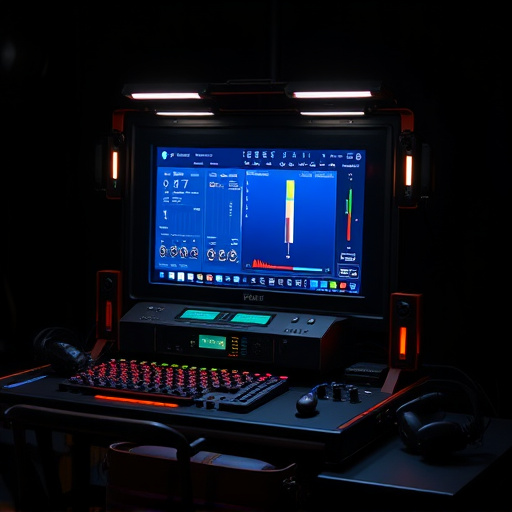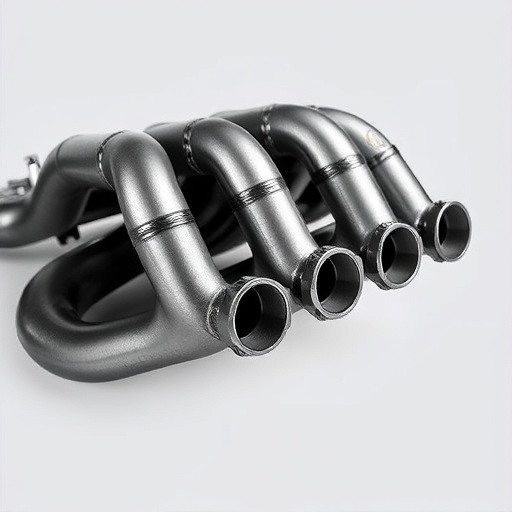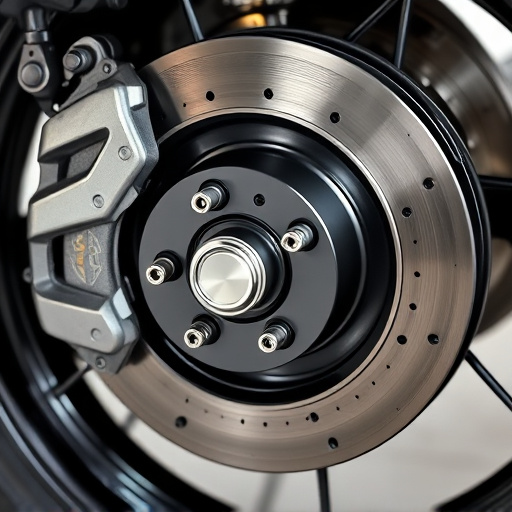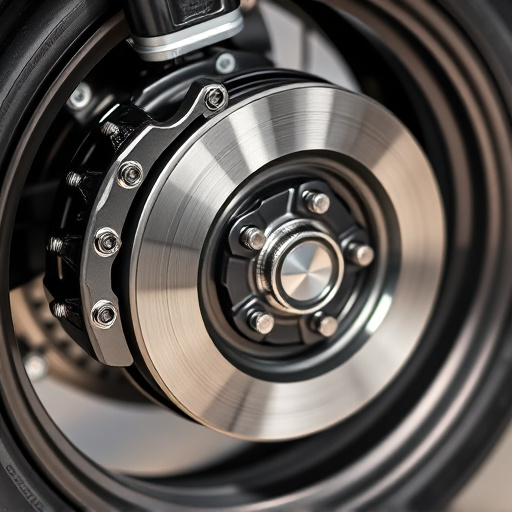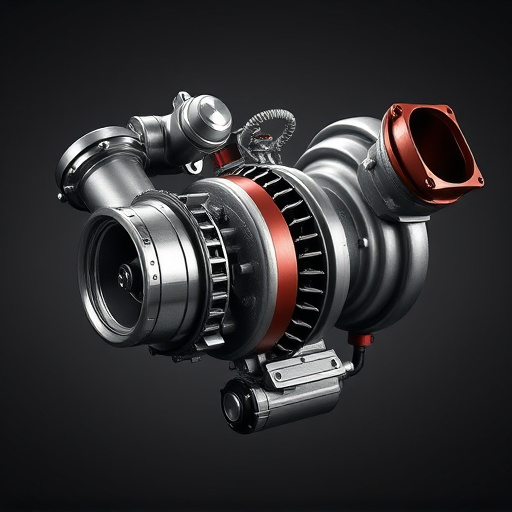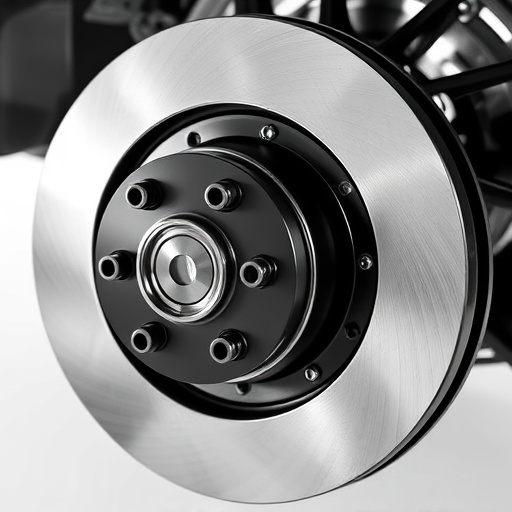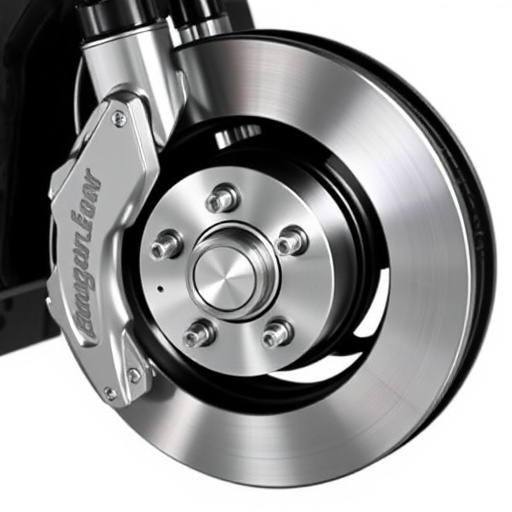Mass Air Flow (MAF) sensors are critical components in modern engines, monitoring air intake for optimal combustion. They detect air flow rate by measuring electrical resistance changes, providing real-time data to the ECU. This enables precise fuel injection and ignition timing adjustments, enhancing vehicle performance, efficiency, and emissions control. Accurate MAF sensor readings are essential for achieving optimal results, especially in vehicles with modifications like cat-back exhausts or performance air filters.
In today’s digital automotive landscape, precise air-fuel ratio control is paramount for optimal engine performance and efficiency. The Mass Air Flow (MAF) sensor plays a crucial role in this regard, providing real-time data that supports Engine Control Unit (ECU) remapping. This article delves into the fundamentals of MAF sensors, explores how they enhance ECU remapping capabilities, and highlights the benefits and applications of advanced MAF sensors in modern vehicles. Understanding these key components is essential for any automotive enthusiast or professional seeking to unlock engine performance potential.
- Understanding Mass Air Flow Sensors: The Basics
- How MAFs Enhance ECU Remapping Capabilities
- Benefits and Applications of Advanced MAF Sensors in Modern Vehicles
Understanding Mass Air Flow Sensors: The Basics
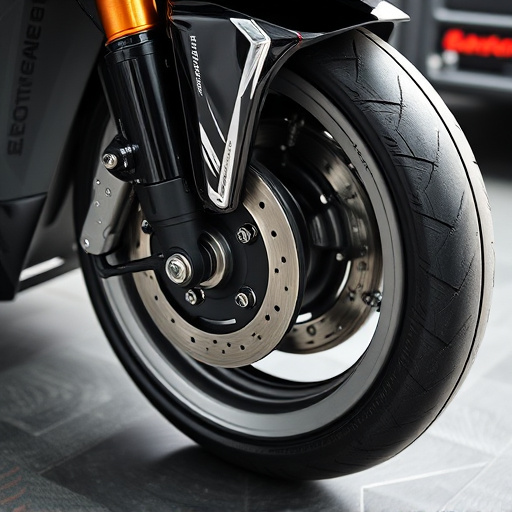
Mass Air Flow (MAF) Sensors are a critical component in modern vehicles’ engine management systems. They play a pivotal role in monitoring and regulating the amount of air entering the engine, which is essential for optimal combustion and performance. These sensors detect the mass flow rate of air, providing real-time data to the Engine Control Unit (ECU). This information enables precise fuel injection and ignition timing adjustments, ensuring the engine runs efficiently and cleanly.
The MAF Sensor is typically located in the air intake system, close to the engine. It consists of a housing with a heated element inside. As air flows past the sensor, it cools slightly, causing a change in electrical resistance. This variation in resistance is calibrated to determine the mass flow rate, allowing the ECU to make corresponding adjustments to the engine’s performance. Accurate MAF Sensor readings are crucial for achieving optimal fuel economy, power output, and emissions control, especially when considering modifications like custom air intake systems or suspension kits.
How MAFs Enhance ECU Remapping Capabilities
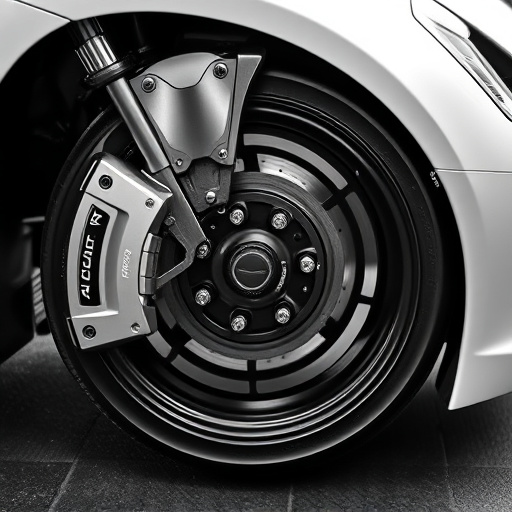
Mass Air Flow (MAF) sensors play a pivotal role in enhancing the capabilities of Engine Control Units (ECUs), particularly when it comes to remapping. These sensors are designed to accurately measure the mass of air entering an engine, providing real-time data that directly influences fuel injection and ignition timing. By delivering precise air flow information to the ECU, MAF sensors enable more effective remapping, allowing for fine-tuning of vehicle performance. This is especially beneficial when modifying a car’s intake components or swapping brake pads for high-performance alternatives, as it ensures optimal engine behavior under varying conditions.
MAFs contribute to improved vehicle performance by facilitating precise control over the combustion process. When combined with advanced ECU remapping techniques, they can unlock hidden potential in an engine, leading to increased power and efficiency. This level of customization is particularly appealing to car enthusiasts who strive for that perfect balance between raw power and smooth, responsive driving dynamics.
Benefits and Applications of Advanced MAF Sensors in Modern Vehicles

Advanced Mass Air Flow (MAF) sensors play a pivotal role in modern vehicle systems, offering numerous benefits that enhance performance and efficiency. These sophisticated devices precisely measure the mass of air entering the engine, providing crucial data to the Engine Control Unit (ECU). This real-time information enables ECU remapping, allowing for tailored adjustments to optimize fuel injection and ignition timing. The result is a significant improvement in engine power, torque, and overall vehicle performance, especially when combined with modifications like cat-back exhaust systems or performance air filters.
Moreover, MAF sensors contribute to enhanced fuel efficiency by ensuring the engine receives the exact amount of air required for optimal combustion. This accuracy reduces excessive fuel consumption and minimizes harmful emissions, aligning with environmental standards. With their ability to adapt to varying driving conditions, advanced MAF sensors provide a smoother, more responsive driving experience, making them indispensable components in today’s high-performance vehicles.
Mass Air Flow (MAF) sensors play a pivotal role in enhancing the capabilities of Engine Control Units (ECUs), particularly in the realm of remapping. Advanced MAF sensors provide precise measurements of incoming air, allowing for more accurate fuel-air mixtures and optimized engine performance. By supporting ECU remapping, these sensors enable vehicle owners to access improved throttle response, increased horsepower, and better overall driving dynamics. This technology is a game-changer for folks seeking to unleash the full potential of their modern vehicles.





